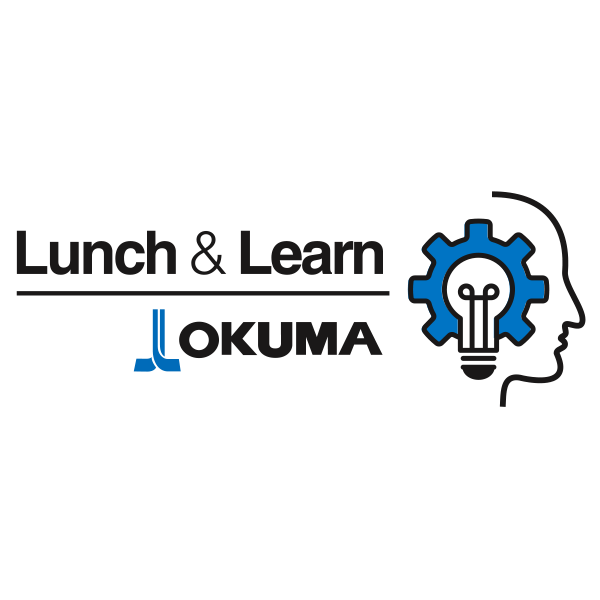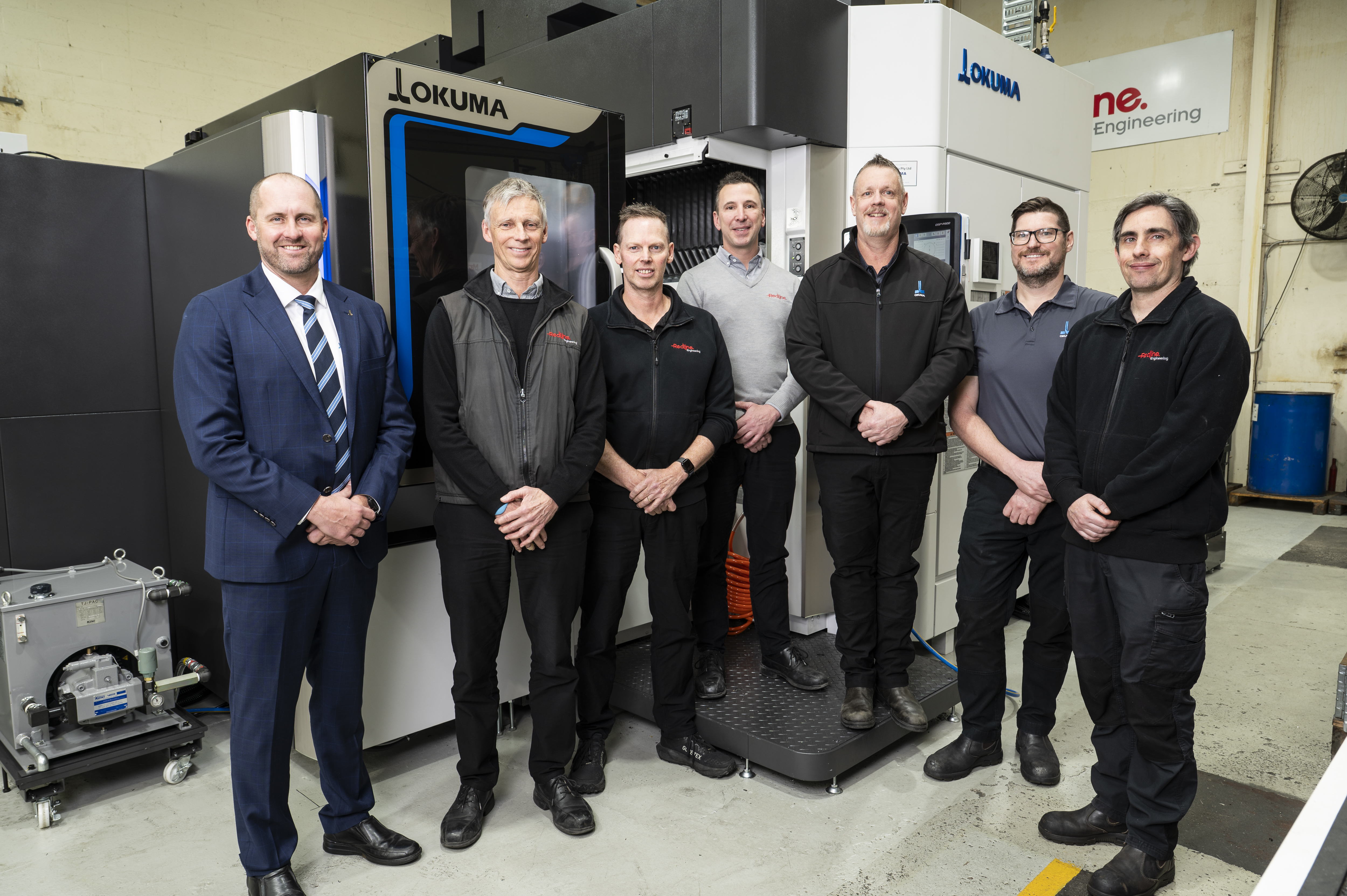Browse by subject
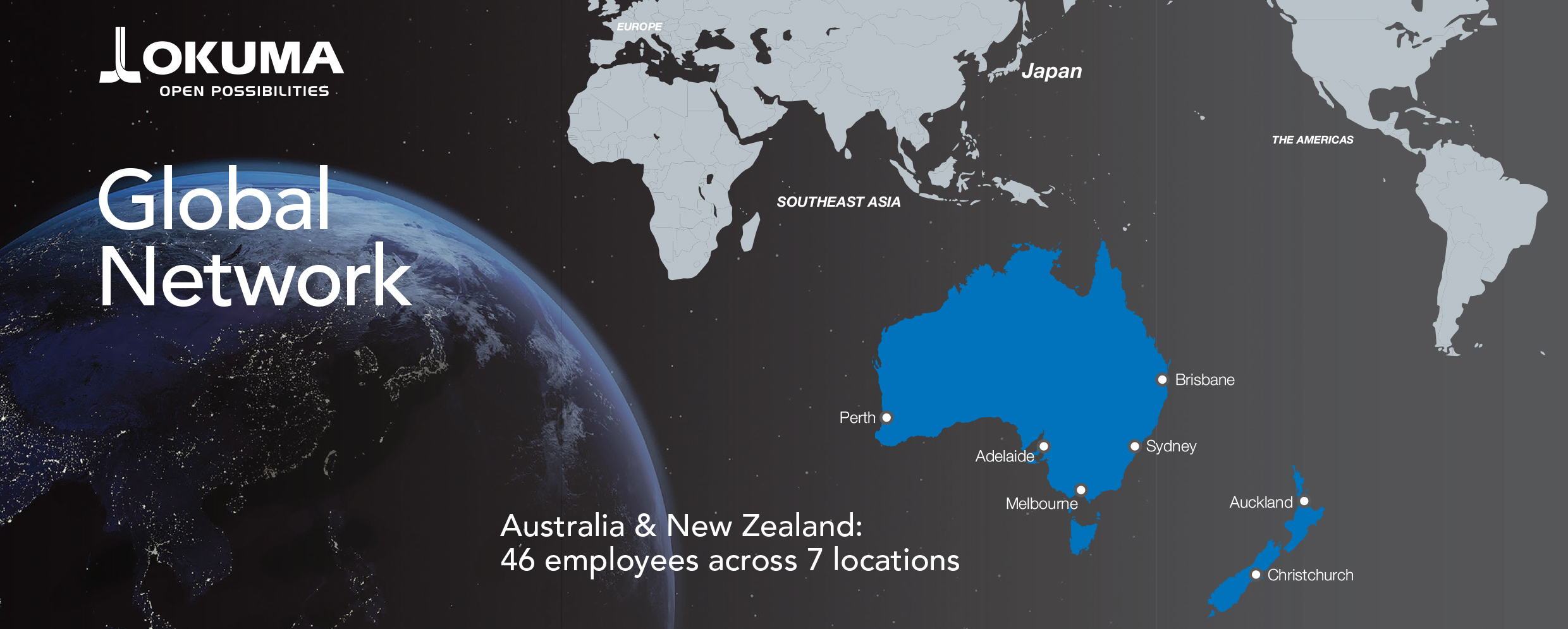
December 18, 2025
Uncategorised
Service That Sets Us Apart
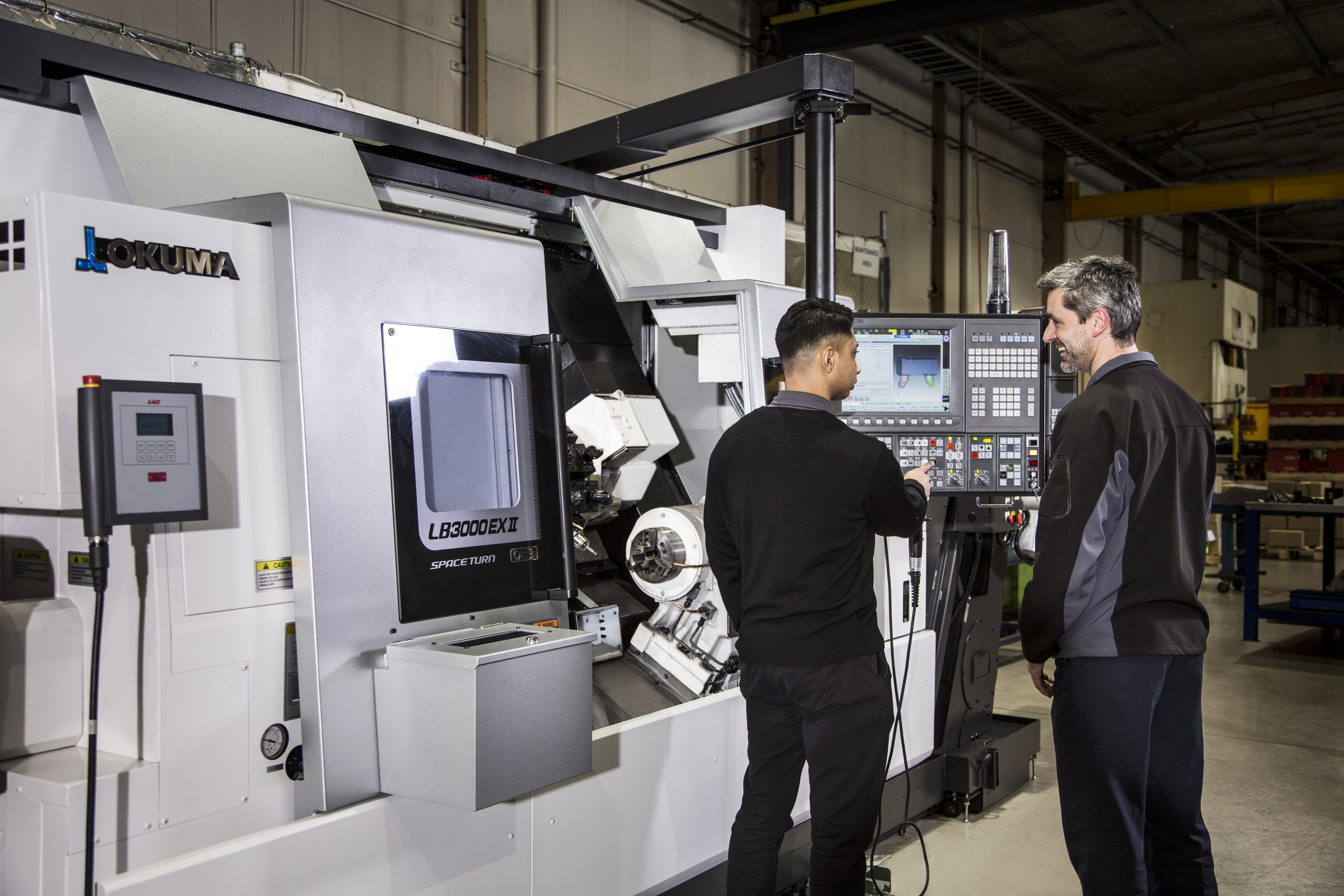
November 27, 2025
Blog
We are hiring
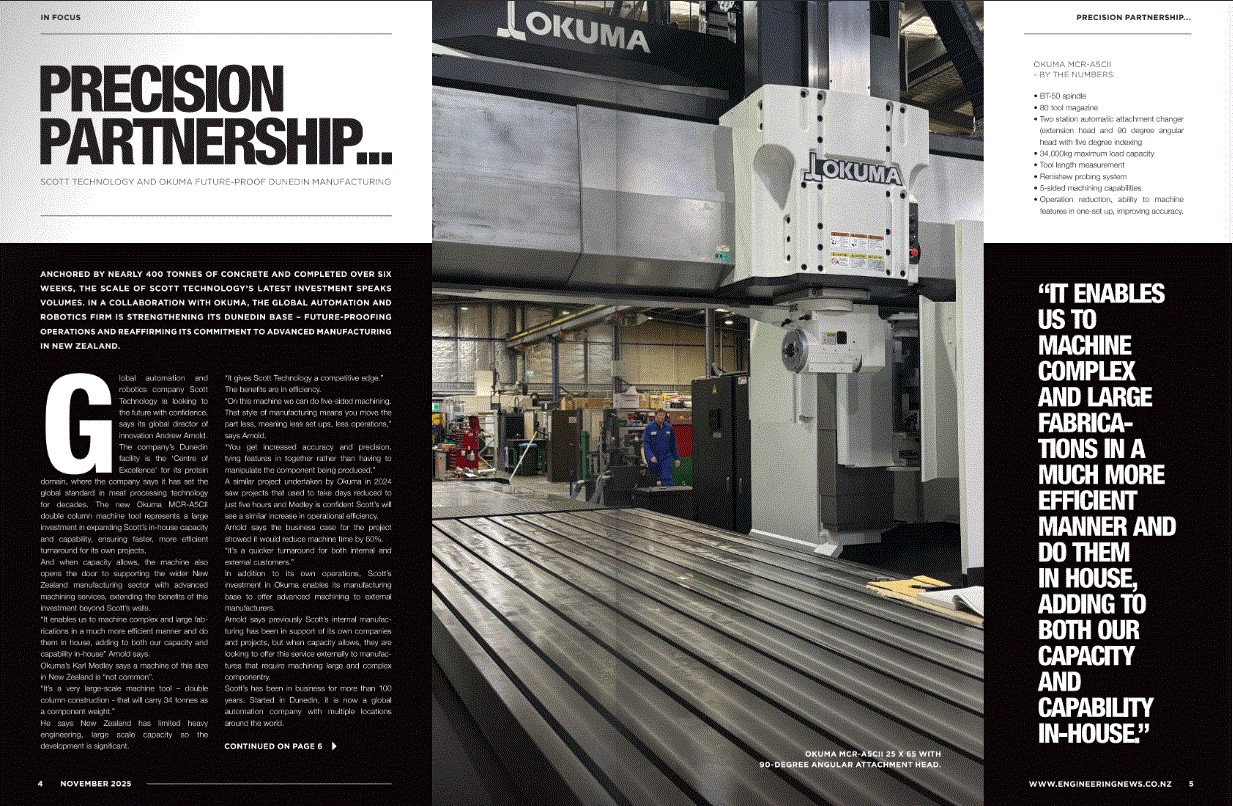
November 20, 2025
Blog
NZ Engineering News
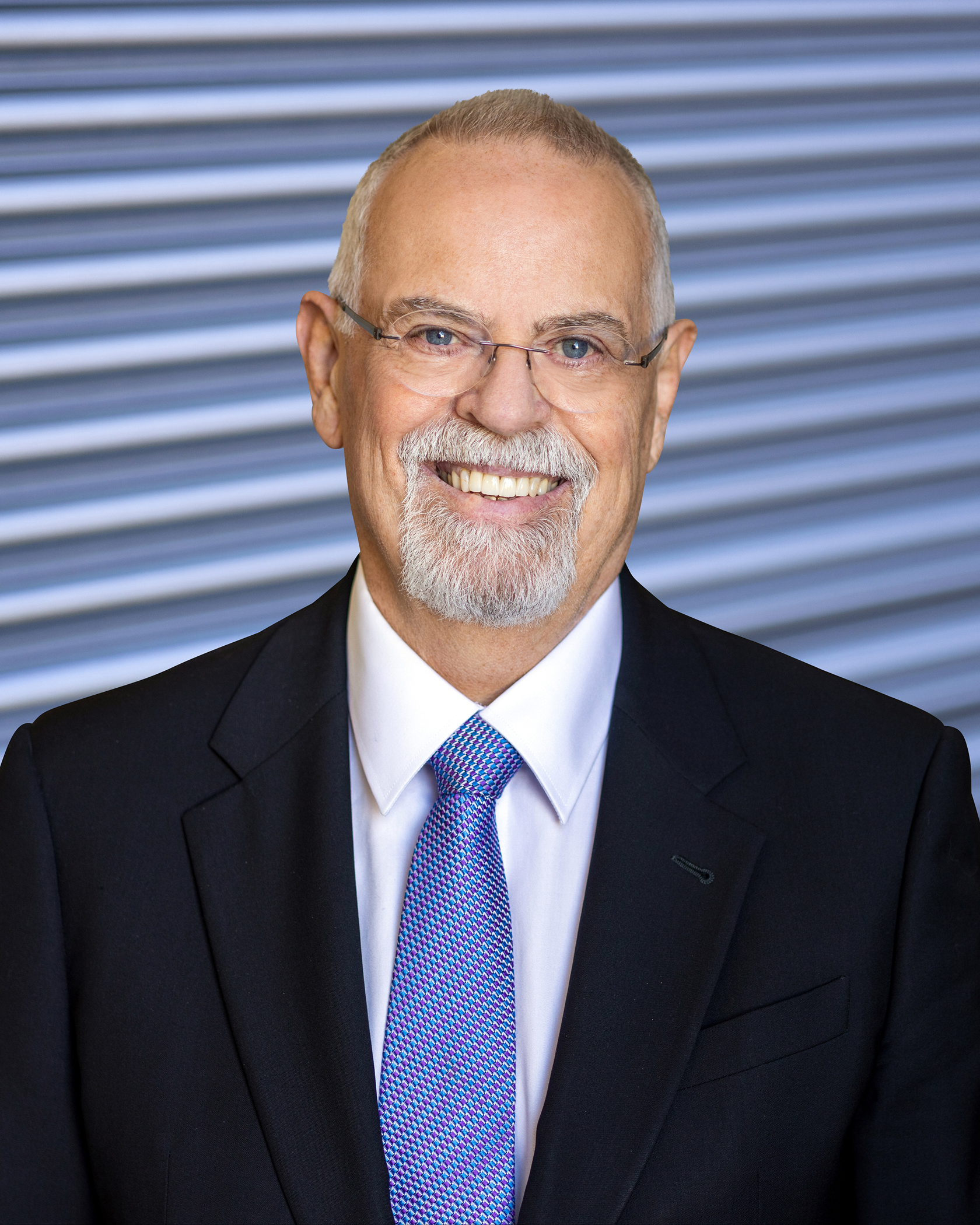
November 7, 2025
Blog
From the MD – Issue 4, 2025
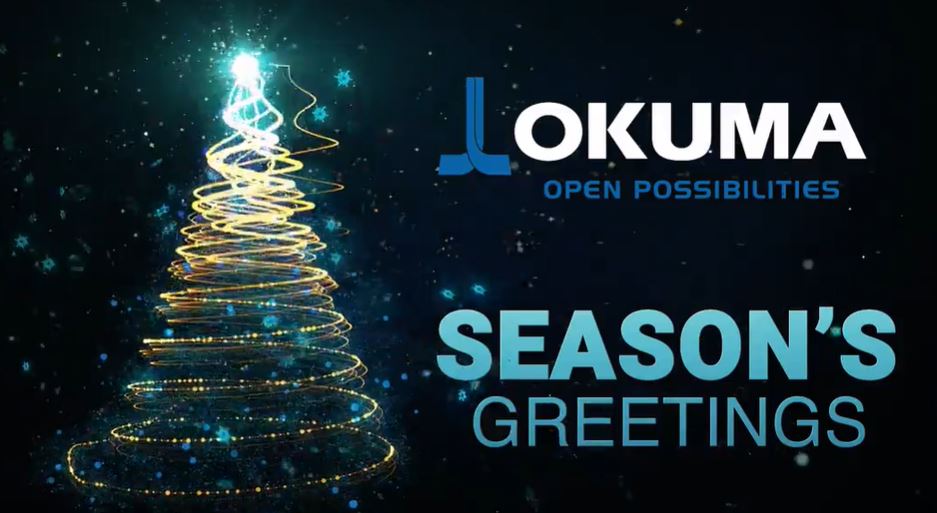
October 29, 2025
Uncategorised
Season’s Greetings & Holiday Closure
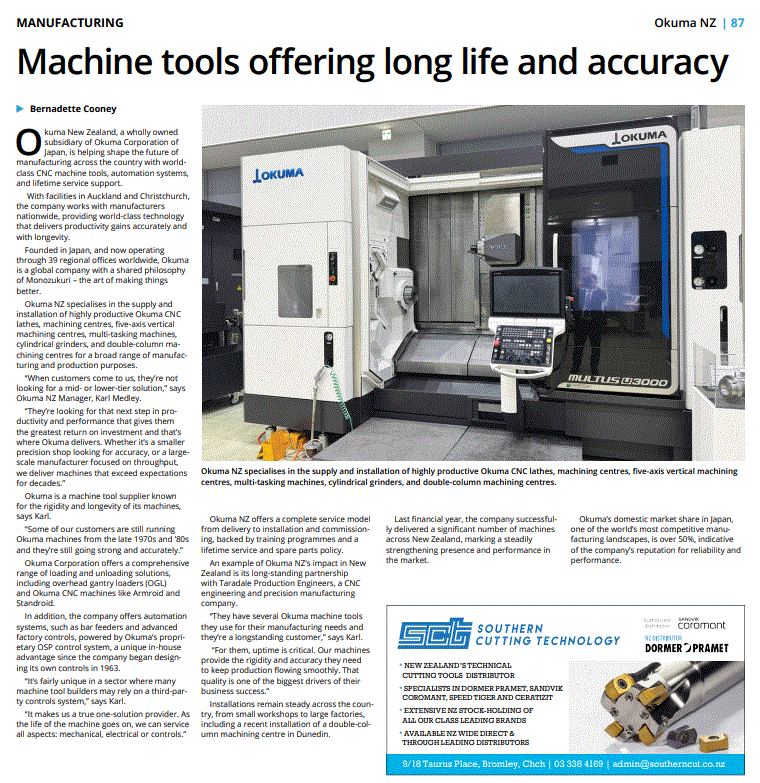
October 28, 2025
Blog
New Zealand – Business North Magazine
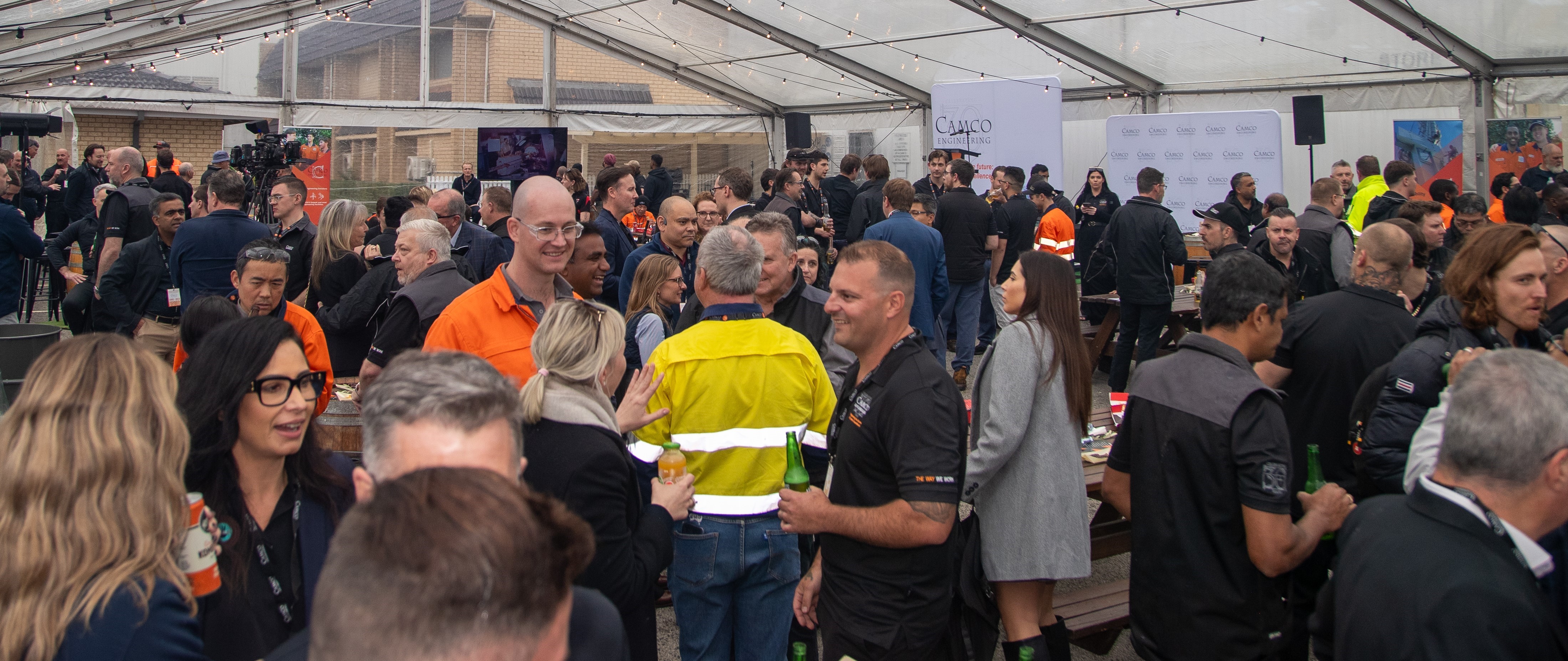
October 27, 2025
Blog
Celebrating 30 years – Camco Engineering continues to expand as one of Australia’s larger engineering shops
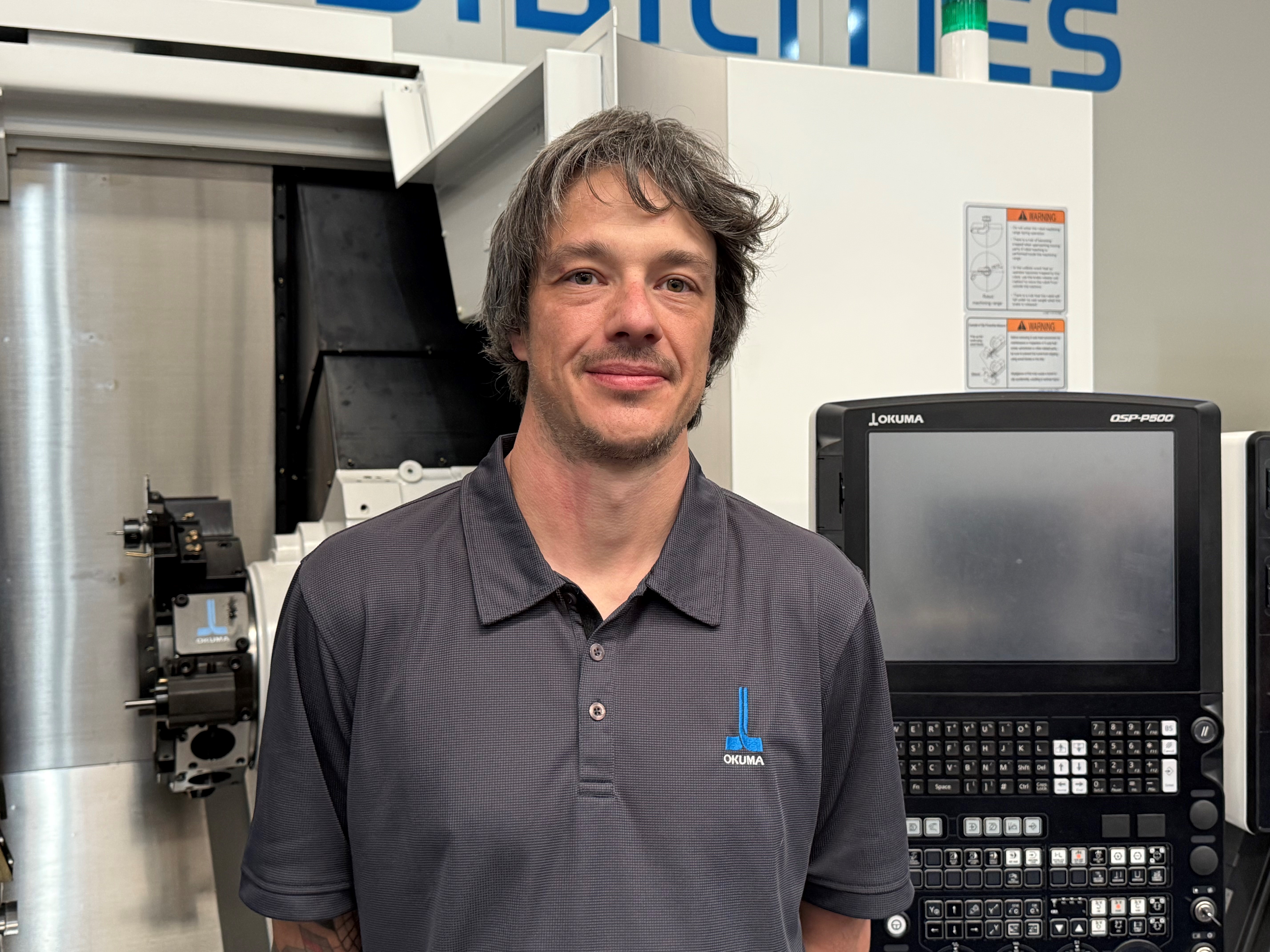
September 4, 2025
Blog
Victorian Branch Team Update
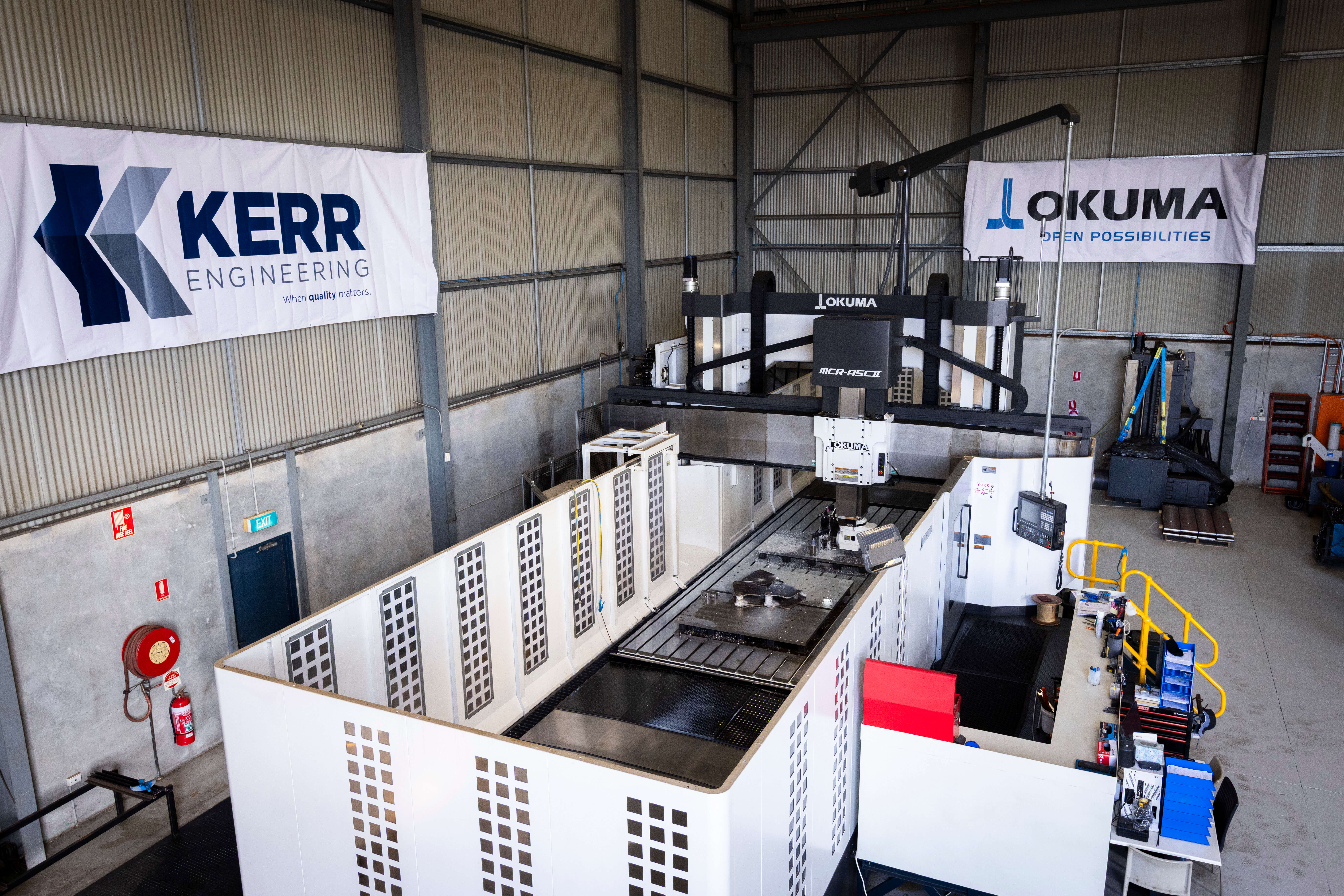
August 29, 2025
Blog
